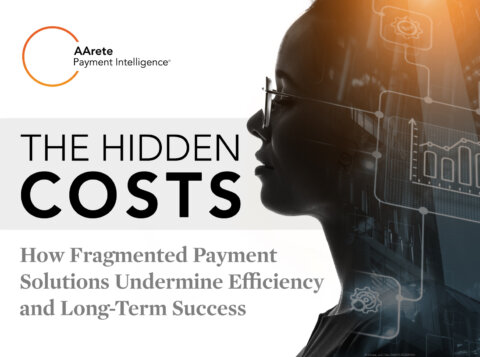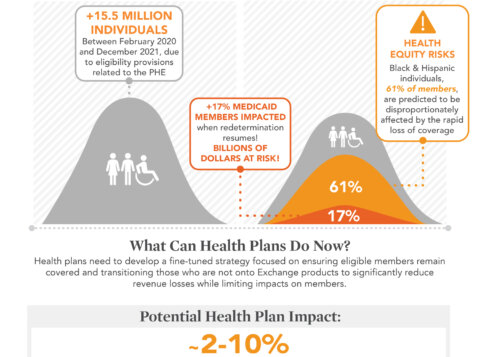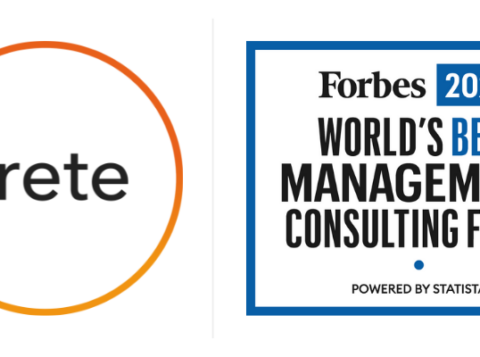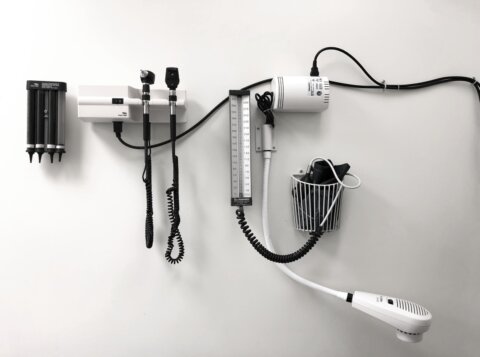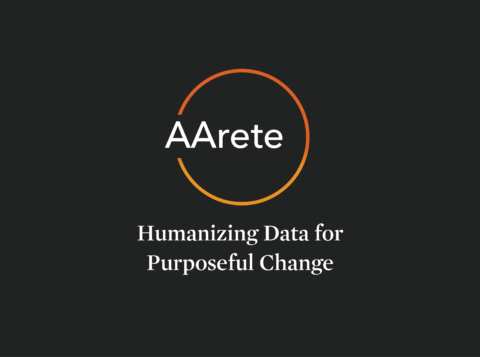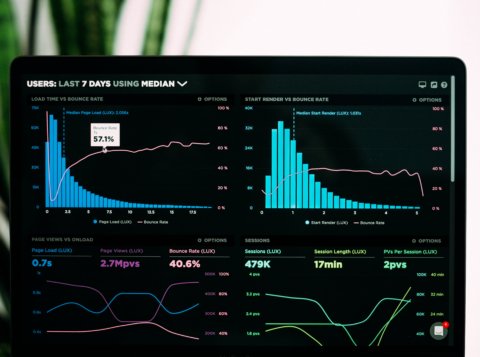Using Data to Improve Patient Health Through Decreasing Negative Drug Interactions

A patient died. He was under a physician’s care for rheumatoid arthritis (and other conditions). When his RA got worse, he doubled his weekly dose of methotrexate without informing his physician, who had just begun treating the patient with amoxicillin for an infection and was adding leflunomide, another antirheumatic drug, to the treatment. The increased dosage of methotrexate and the addition of the other drugs sparked a negative drug interaction, and within days the patient died.
While this is an extreme case, it is reported that adverse drug reactions (ADRs) caused by individual drugs and drug combinations constitute one of the top 10 causes of death in the U.S., and ADRs due to interactions of co- administered drugs comprise over 20% of all reported ADRs. This therefore constitutes a warning to pharmacists and other health care professionals and to the hundreds of people who every day experience acute care episodes due to negative drug interactions — episodes that, while not always deadly, lead to countless emergency room visits and hospital stays and sometimes affect patients’ health for years.
To help avoid such interactions, pharmacies, providers and payers need to work together more collaboratively to manage care for patients with multiple morbidities. Typically, though, pharmacists and providers are siloed: Each sees only limited information about a patient’s medications and shares little of what they know. Often, only payers have a full spectrum of the patient’s care and the data generated by that care. For the most part, though, many payers do not communicate much of this information with the other parties.
A few payers, however, are starting to use a new data-driven program to help decrease negative drug interactions. This program uses data from multiple data sets — including pharmacy and medical inputs — to pinpoint drug interactions that may lead to negative health outcomes for the patient. Then — and this is most important — it leverages this data analysis and the insights drawn from it by filtering them through the lens of the physicians’ and pharmacists’ clinical expertise to deliver a perspective not available elsewhere.
This best practice provides a complete picture of the patient’s total health and looks at the patient holistically to mitigate negative drug interactions. Furthermore, it enables collaboration between the different parties within the health care continuum to ensure that each has the right amount of information to make decisions in the best interest of the patient.
It improves communication between payers and providers about the totality of care the patient is receiving and between payers and pharmacies about the complete array of medicines being prescribed for the patient. This improved communication is especially important for pharmacies. With it, they can play a more proactive role in the patient’s health care and become better overall health care providers themselves, as they increase their use of the data generated by the new program and share more of their own data with providers and payers.
Paid-claims data
The success of this program begins with the data the payer has on the patient. In contrast to hospitals, physicians or independent pharmacies, the payer’s database is a single repository where all the patient’s prescribed medications are gathered.
Even the members themselves may not be aware of all different medications they have been prescribed. They often see five or six different types of physicians — primary care providers, emergency care, urgent care, specialists — who may not be in the same health system. To complicate matters more, they get their prescriptions filled from several sources, including hospital, retail and mail-order pharmacies, narrowing the possibility that any one pharmacy will have a complete history of a patient’s medications or a way to intervene at the point of sale if the drug about to be dispensed could have a negative interaction with other medications the patient is taking.
This new approach, although not a totally new concept, differs from pharmacy benefits managers’ practices because of its reliance on paid-claims data and its ability to leverage data from provider medical claims, pharmacy claims and other inputs. By drawing on these data sets, the approach operates as a catch-all for gathering information about potential negative drug interactions missed in patient-physician conversations or by any automated systems that PBMs or pharmacies may use currently.
The practice automatically identifies any instance in which a patient is prescribed two or more drugs that, when taken together, may have harmful side effects. It then, for example, would notify the payer that the patient, soon after getting these prescriptions, was admitted to the hospital with severe symptoms often found when these drugs are taken together. It also provides the phone numbers of the patient and each of the physicians who wrote the prescriptions and recommends that the payer alert them of the issue.
This new data-driven method starts with the payers’ data and then brings all the pieces of the puzzle together to form a clear, holistic view of the patient’s health care, in order to decrease negative drug interactions. It encourages an interplay between pharmacies, providers and payers, bringing everybody together to focus on the patient’s health and helping them make better decisions that lead to both lower overall health care costs and the ultimate goal of better health care for the patient.
Dane Pearson and Brian Moy are directors in the health care practice of AArete, a global consultancy specializing in data-informed performance improvement. They can be reached at dpearson@aarete.com and bmoy@aarete.com, respectively.








